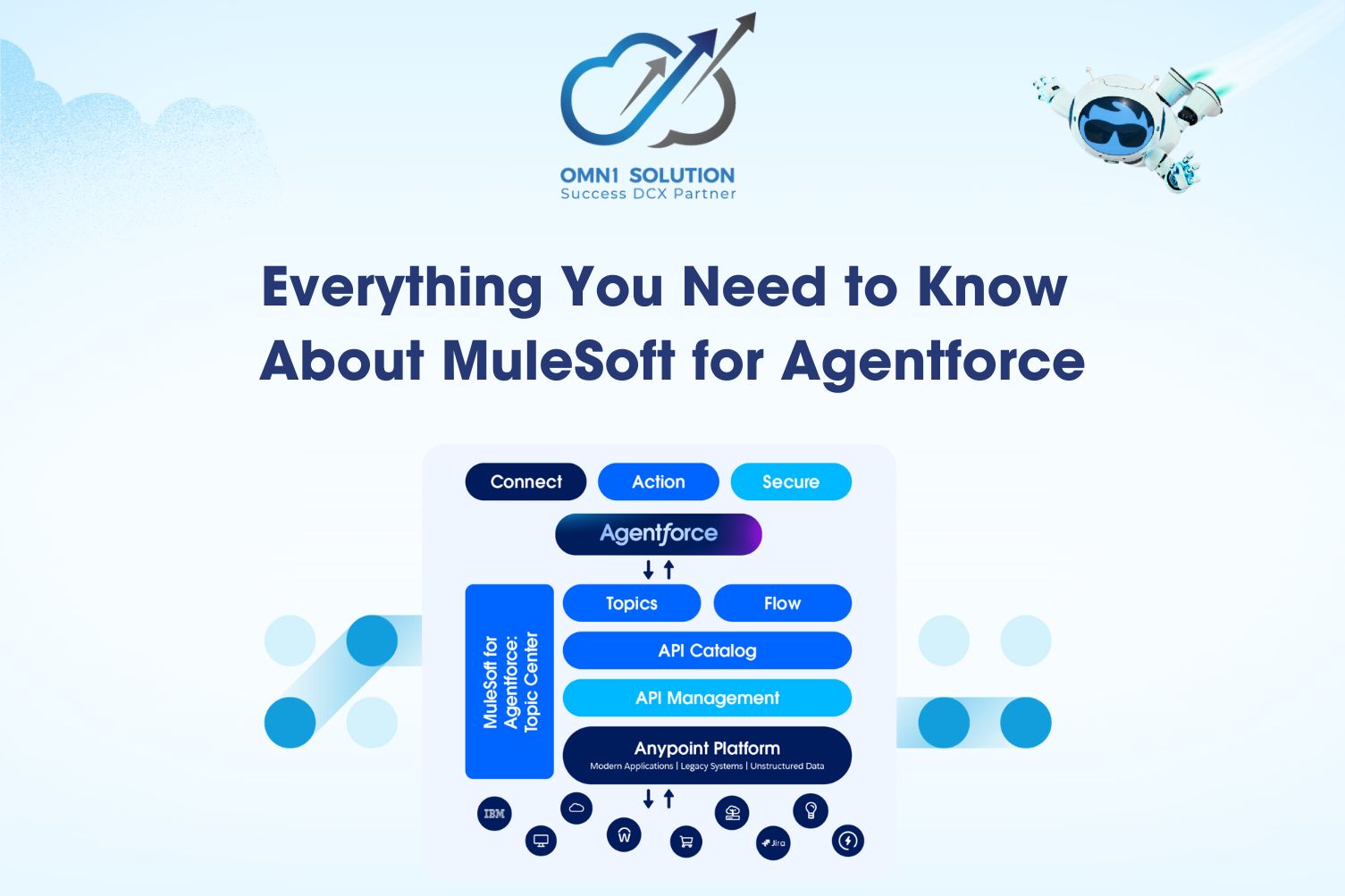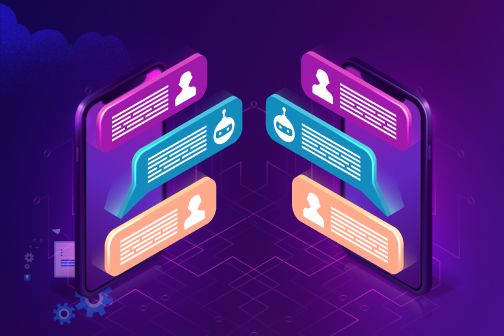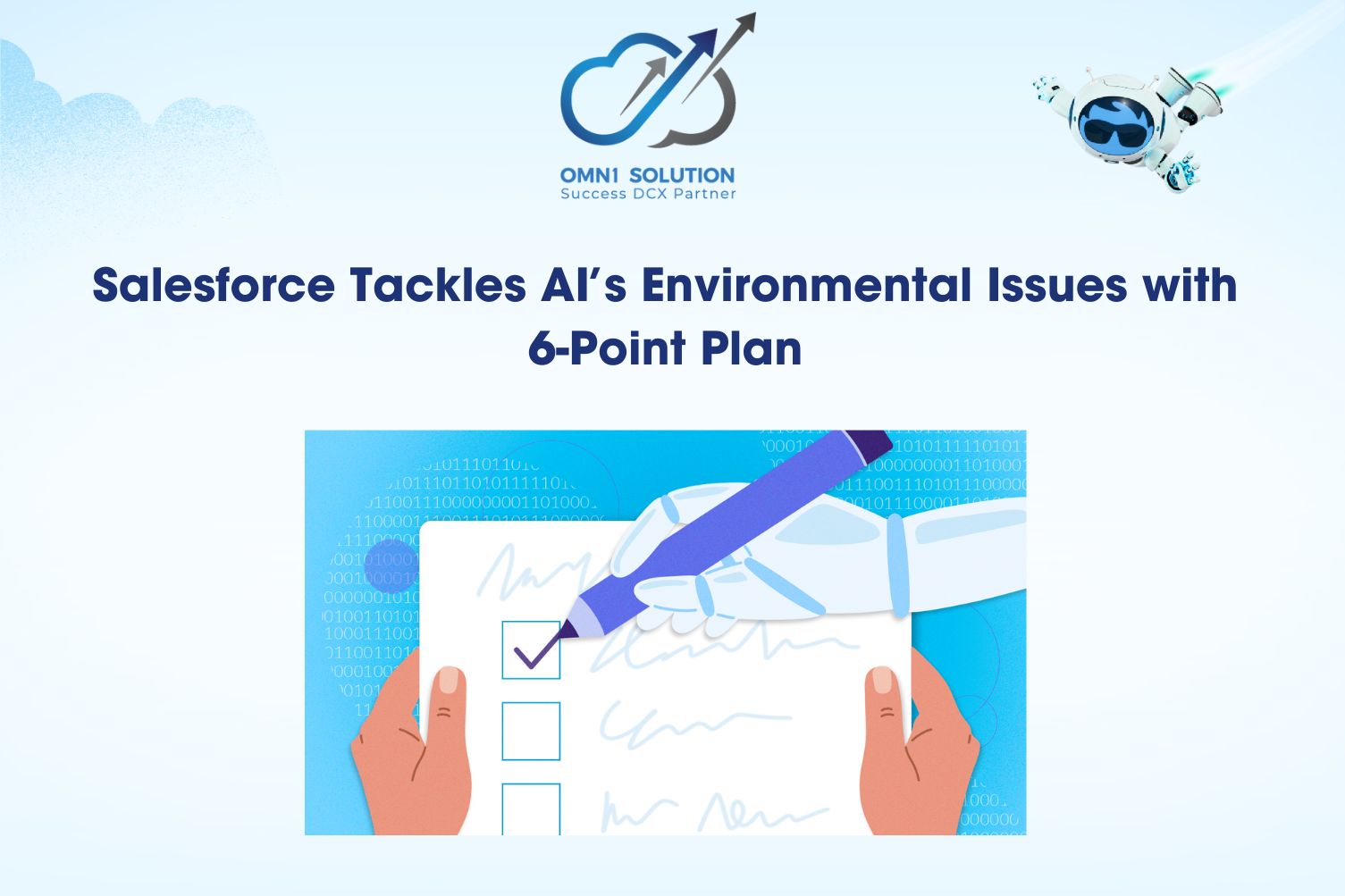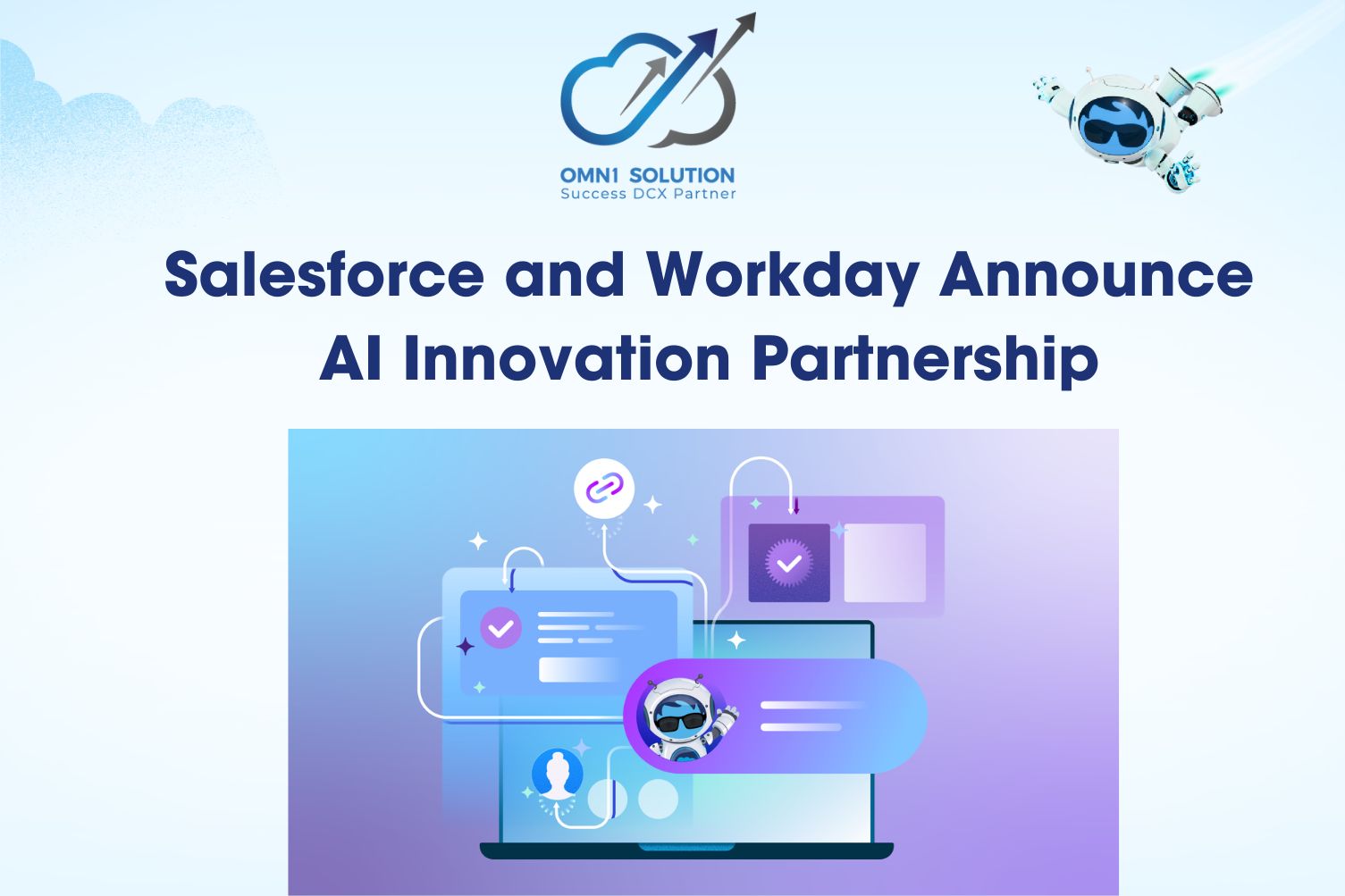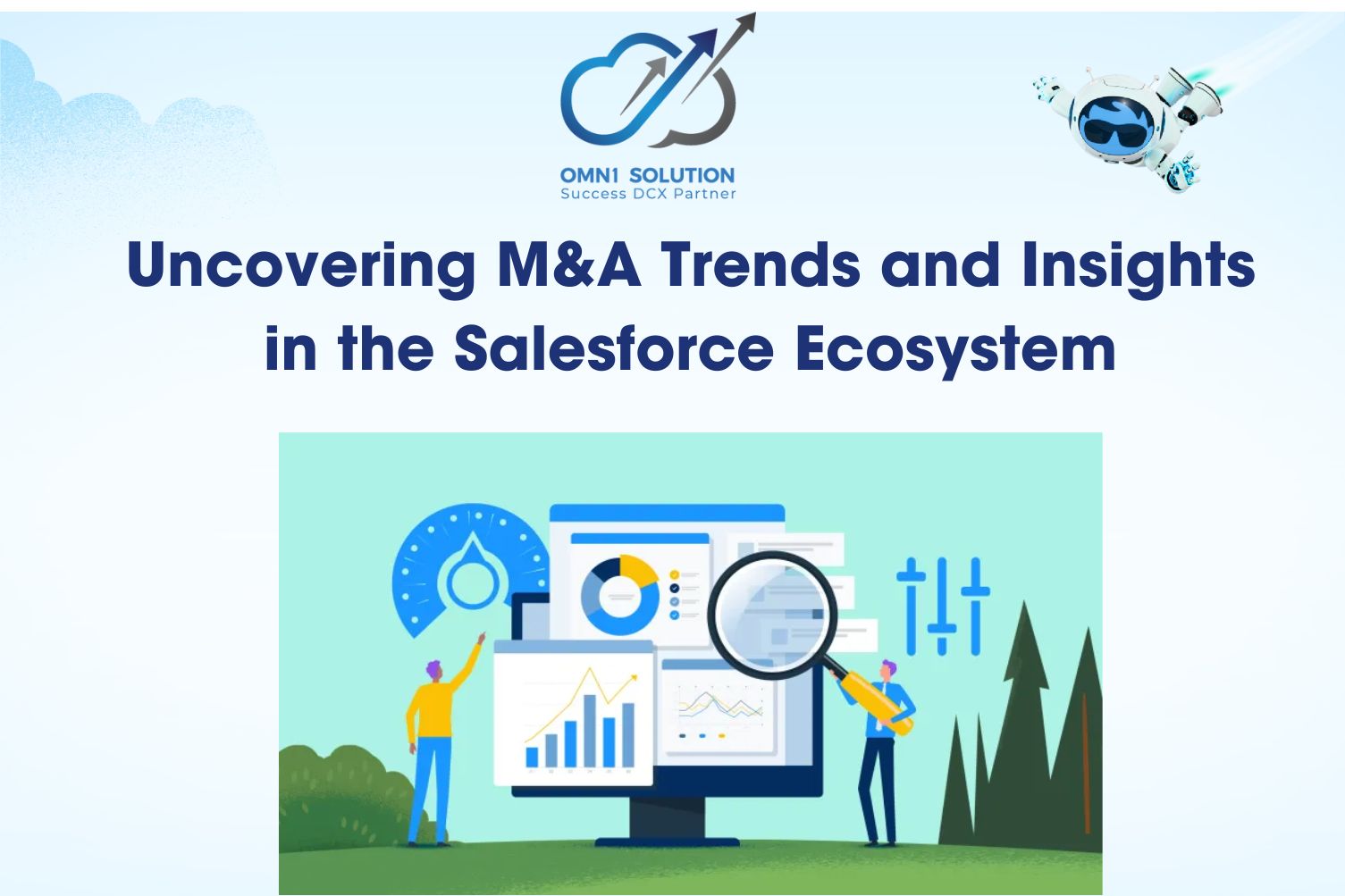At this year’s TrailblazerDX event, Salesforce made a strong impression by unveiling a host of new features for Agentforce—most notably, the introduction of MuleSoft for Agentforce. The upgrade from Agentforce2dx now enables admins and developers to easily embed Agentforce anywhere and customize it for specific use cases. What stands out is MuleSoft for Agentforce, which unlocks seamless API integration and empowers agents to take quick actions across multiple systems. To gain deeper insight into this innovation, we sat down with Ahyoung An, COO of MuleSoft, to explore MuleSoft’s strategic role in the age of agents.
How Do Agentforce and MuleSoft Work Together?
Salesforce is making a strong shift from copilots to agents – and this makes perfect sense. With the ability to automate repetitive tasks and proactively suggest actions, Agentforce is transforming how businesses engage and connect with customers.
From the early stages, Agentforce has demonstrated real value: for example, BACA Systems uses agents to handle service calls without human support, and companies integrate agents into Slack to assist recruitment and customer service.
Although Agentforce is already powerful, its potential expands even further when combined with MuleSoft.
MuleSoft – acquired by Salesforce in 2018 for $6.5 billion – connects Salesforce with other applications, data sources, and systems. Thanks to Agentforce, businesses can now access and act on customer, financial, or operational data in real time – even if that data is outside Salesforce.
Simply put, MuleSoft acts as a “bridge” between Salesforce and external systems, enabling Agentforce to access, process, and respond based on multi-source data. This helps businesses make faster and more accurate decisions.
Discovering MuleSoft for Agentforce
At TrailblazerDX, MuleSoft for Agentforce was officially introduced as an integration platform that maximizes support for Agentforce. Thanks to smooth connectivity with external systems through APIs and connectors, AI agents can access and act across multiple data platforms.
Specifically, MuleSoft allows agents to perform tasks such as retrieving customer information or updating data in real time – thereby improving work efficiency and customer experience.
MuleSoft operates on two main platforms: Anypoint and Anypoint Code Builder – serving as infrastructure for AI agents to interact with the entire IT ecosystem. This creates a seamless customer experience and easy scalability.
Additionally, MuleSoft ensures data security and governance, helping businesses control and protect all data and APIs while building solutions on the Agentforce platform.
Key Features
- API Catalog: A centralized directory of all your APIs, from MuleSoft to Salesforce and Heroku – making it easy for admins to manage and monitor.
- Topic Center:A tool that allows developers to create “topics” – including actions and instructions – for Agentforce, either from API design or existing APIs.
- External Service Integration:The main feature of MuleSoft for Agentforce is deep integration between MuleSoft APIs and Agentforce within Salesforce. This enables developers to connect and invoke agents from third-party applications via the MuleSoft Agentforce Connector.
Insights from MuleSoft COO – Ahyoung An
Enhancing Data Management
Ahyoung shares:
“APIs are like windows into enterprise data. We need to know who has access, what they are doing, and how the data is being used.”
Effective API management is fundamental to protecting and controlling data in the fast-growing agent world.
Easy Integration for Everyone
Where previously only developers could do this, MuleSoft is now bringing integration tools closer to non-technical users through Salesforce Flow – a simple drag-and-drop interface:
“We want integration to be easy, secure, and usable by everyone – no coding required.” – Ahyoung An
Real-World Application
Global recruitment firm Adecco is deploying Agentforce with MuleSoft’s support. Agentforce automatically processes CVs, responds to candidates, and suggests suitable jobs, while MuleSoft connects data from payroll, ERP, and other sources.
Do MuleSoft and Data Cloud “Compete”?
As Salesforce pushes Data Cloud development, many wonder if MuleSoft still has a role.
Ahyoung explains:
“Data Cloud stores real-time data. MuleSoft connects and moves data in and out of Data Cloud. These two platforms don’t compete; they complement each other.”
Future Vision: Smart Integration with AI
Ahyoung shares that MuleSoft is heading towards a future with integration agents – adaptive agents that require no manual intervention.
Thanks to AI, these agents can autonomously handle minor system changes – saving time and effort for engineering teams.
Conclusion
MuleSoft is becoming a crucial part of Agentforce’s development journey. With intelligent integration capabilities, strong security, and ease of use, MuleSoft makes AI agents more flexible and powerful than ever.
The combination of MuleSoft and Agentforce not only helps businesses connect systems effectively but also opens opportunities to enhance customer experience and make faster, more accurate decisions.

